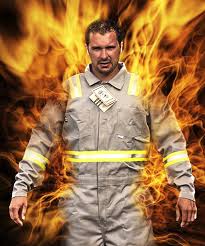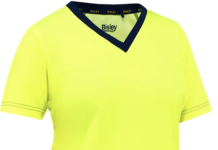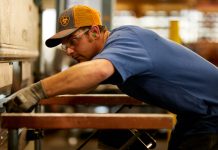Flame-resistant apparel is designed to keep you safe, but in order provide the ultimate consumer satisfaction, it also is made to be comfortable and durable. Oftentimes an FR garment is a little more complicated than it appears, when you consider all of the steps involved in creating it. There are three main components of the manufacturing of flame-resistant clothing that are important for the consumer to be aware of: fabric manufacturing, garment manufacturing and service providers.
The process of creating an FR garment starts with FR fabric manufacturing. There are two categories of fabrics available in the marketplace today: inherent and treated. Inherent fabrics are those that are inherently flame-resistant while treated fabrics must go through a process during manufacturing which makes them flame-resistant. Before these fabrics can move on to be made into garments, they must be pass an arc and/or a flash fire test. At this stage, it is also determined whether or not the garment will have warmth, breathability, softness, or shrinkage as these features all depend on the fabric.
Next the fabric is purchased by garment manufacturers who make them into field-ready garments. The garment manufacturers will determine the final product’s design and if it will include features such as pockets and zippers. They are also responsible for the FR garment’s fit and construction. At this stage the fire-resistant clothing is labeled to show its positive characteristics.
Finally the service providers are responsible for bringing the garments to you by way of one of the four distribution models: managed direct-buy program, storeroom program, rental laundry program and retail. In a managed direct-buy program, customers receive stipends to purchase arc/flame-resistant clothing. These companies may have catalogs, logo capabilities, online ordering and other features to help bring the customer more convenience. Rental laundry programs provide garments and then facilitate regular pickup, laundering and drop-off. Storeroom providers can provide bulk purchase and delivery but have low product variety. Finally, retail providers sell arc/flame-resistant clothing in traditional stores.
Each aspect of the arc/flame-resistant clothing manufacturing process serves a role in providing customer satisfaction. Understanding the steps in creating an FR garment may help you to decide from where to purchase your FR apparel in order to get the best experience possible. Don’t forget to shop Working Person’s Store for your next FR purchase!




